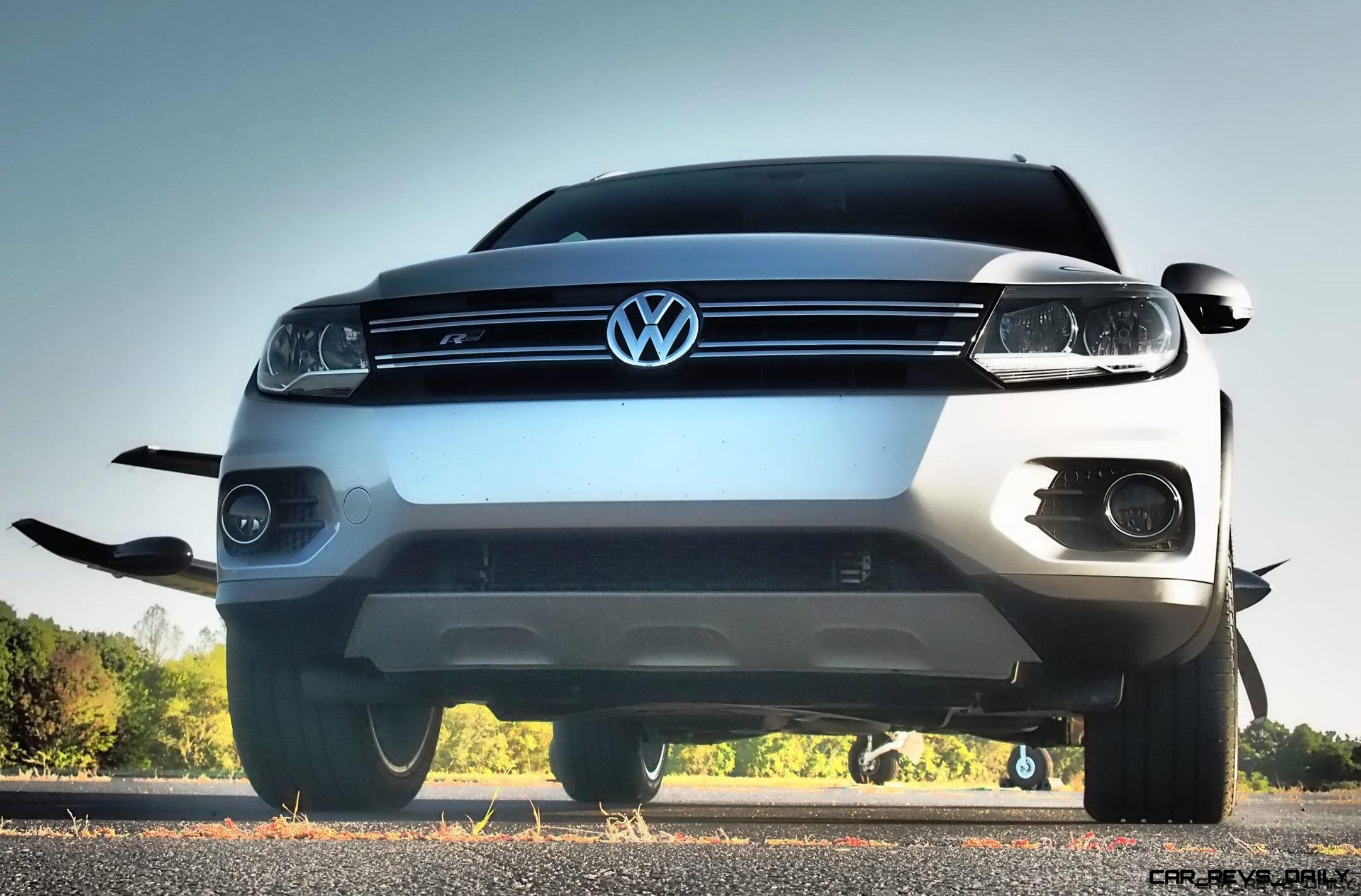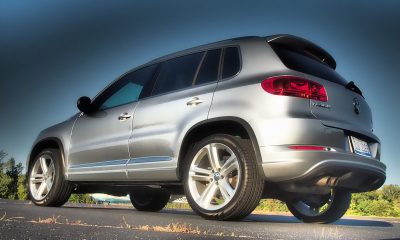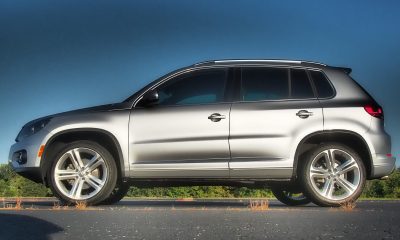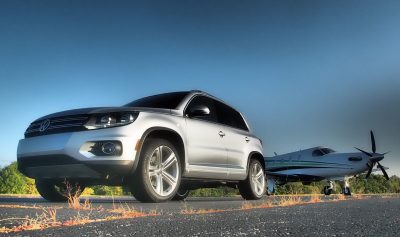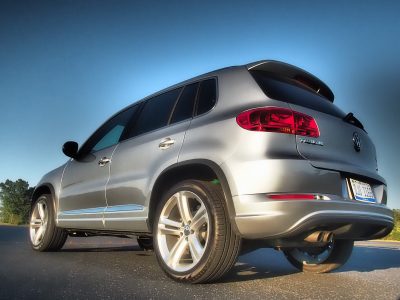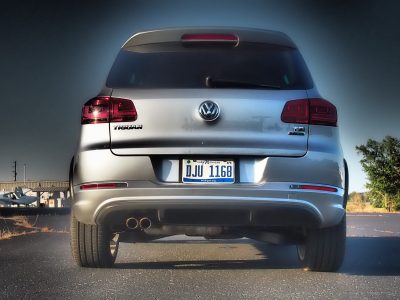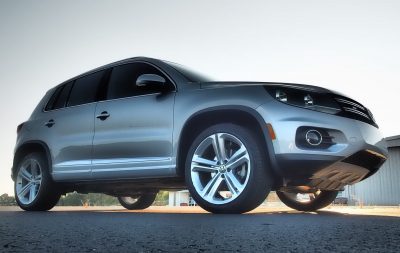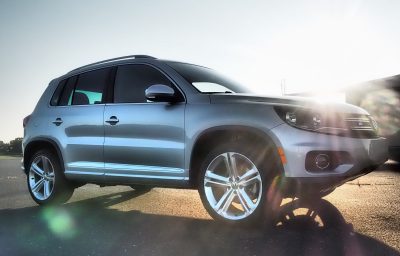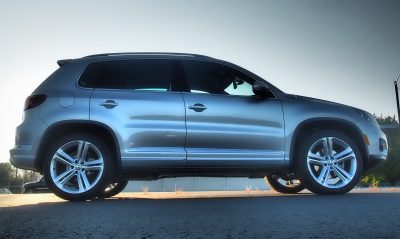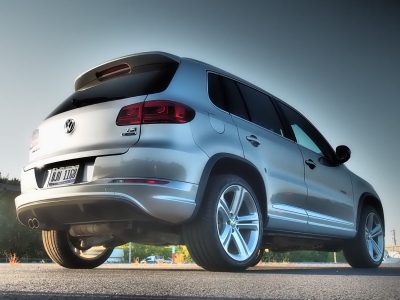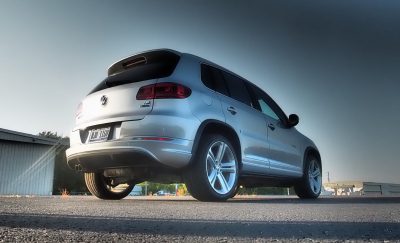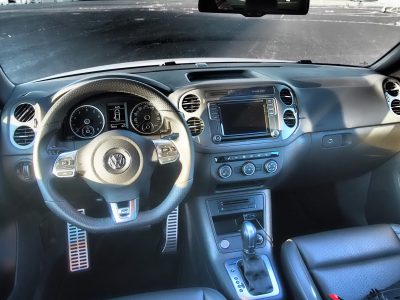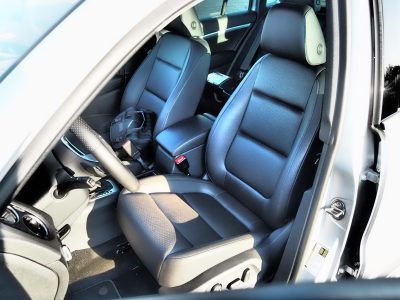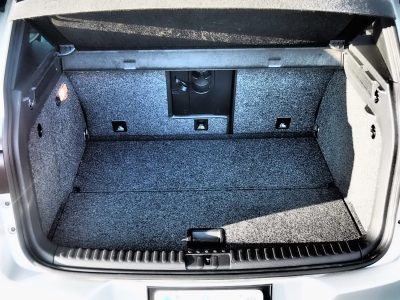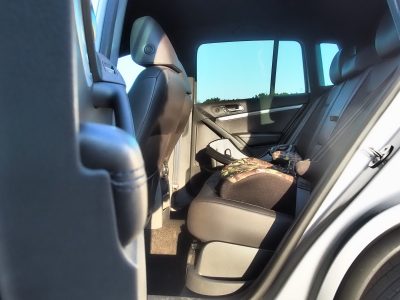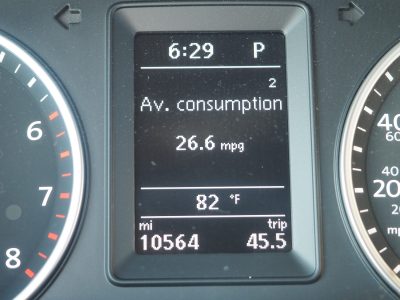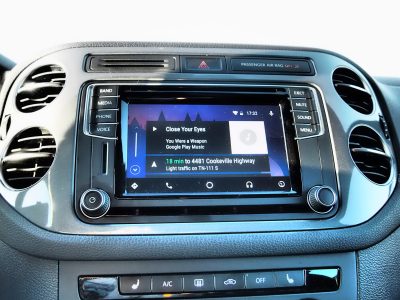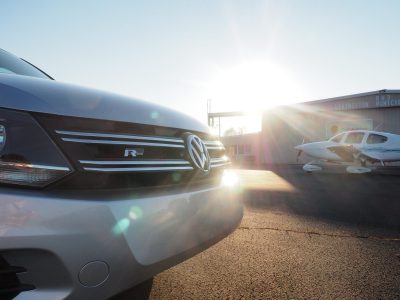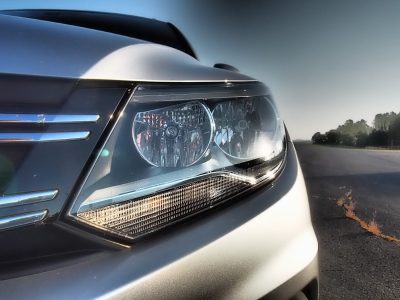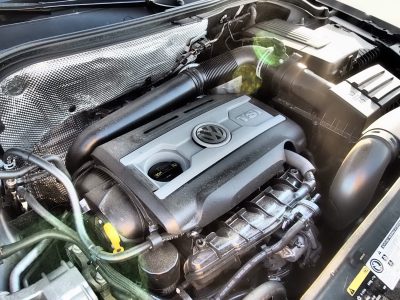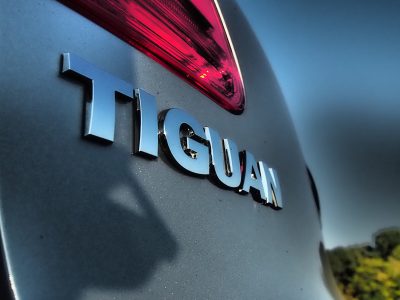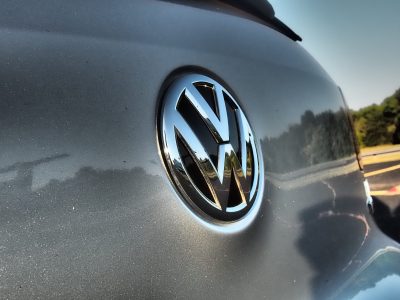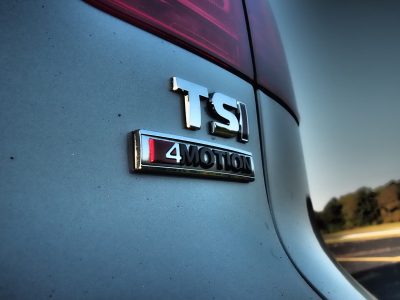The Volkswagen Tiguan was early to the party of compact crossovers, debuting in 2006 during a period of high gas prices. One would think it was great timing to introduce a small SUV to consumers concerned with conserving fuel.
But in fact, by the time it got here in 2009, the gasser Tiguan was rated at 19 MPG city, 26 MPG highway by EPA.
That didn’t get MPG-conscious consumers beating down the doors of their nearest VW dealer, and falling gas prices did little to boost Tiguan sales.
Fact is, the VW Tiguan has stayed right there at an EPA score of 26 MPG highway ever since, while fresh-faced competitors have entered the segment with better fuel economy and fresher styling that has made this segment the automotive industry’s fastest-growing. Many of them also entered the segment with a cost of entry well below the Tiguan’s base price of nearly $26,000 after destination charge — a price level the Tiggy reached in the 2016 model year after Volkswagen lowered the entry price $1,400.
It’s a shame the Tiguan hasn’t received more attention from the market. In many ways, the Tiguan has been doing this whole “small crossover” thing better than its competition — and for a much longer time. As the first-generation Tiguan nears the end of its run (an all-new Tiguan is already on sale in other parts of the world), a 2016 VW Tiguan R-Line 4Motion I drove recently impressed me as one of the most fun-to-drive entries in its class. And thanks to VW repositioning the R-Line trim level lower in the hierarchy for the 2016 model year, it presents a solid value.
Powertrain punch
The VW Tiguan comes standard with a 2.0-liter TSI turbocharged gasoline four-cylinder engine you might recognize from the quick-as-a-hiccup VW GTI. It is rated at a rorty 200 horsepower and 207 lb-ft of torque. The turbocharger ensures torque comes on at a deep-throated 1,700 RPM. 4Motion all-wheel drive got the power to the ground and provided tenacious grip in spirited cornering.
Handling all the power was a standard six-speed automatic transmission with an available Tiptronic shift gate that I admittedly never used because the transmission did a fine job guessing my intentions in most situations. In classic VW style, there was a “kickdown” switch when I floored the throttle for passing. Put the skinny pedal all the way to the floor, then push just a little harder to get past the kickdown, and the transmission will quickly downshift into the meat of the powerband. The transmission also did well with keeping things smooth in town and on the highway.
The only time I had any annoyances with it was during slow, 40-45 MPH cruising on hilly Tennessee backroads where it sometimes hunted back-and-forth too much for my liking. Here is where I probably should have used that Tiptronic shift gate.
Chassis charms
My tester was equipped with the R-Line package, which is mostly appearance stuff — body cladding and a rear spoiler — but there also were 19-inch lightweight alloy wheels wearing 255/40R19 Pirelli Scorpion Verde rubber. Those tires’ tread pattern and grippy nature didn’t strike me as “all-season radials,” which were listed on the standard equipment list on the Monroney, but then I checked Pirelli’s website and found they are, indeed listed as an “all-season” tire. They were very grippy, but that might have as much to do with their impressive girth — 10 inches wide! — as it did with the tire compound or tread pattern. Volkswagen likes to say the Tiguan “puts the ‘sport’ in ‘sport utility vehicle,’” and I reckon the meaty tires have a lot to do with that.
VW says the R-Line gets a stiffened, “sport-tuned” suspension. My Tiguan R-Line tester had a four-link rear suspension and a front strut coil-spring suspension setup attached to a stiff subframe. It also had VW’s electro-mechanical power steering system that decreases assistance at-speed to improve feedback. The combination gives the Tiguan a planted, reassuring feel in corners where other compact SUVs might feel uncomfortable or top-heavy.
The Tiggy has good brakes, too: 12.3-inch ventilated discs up front, 11.1-inch solid discs in the rear. They provide plenty of stopping power to rein in all that GTI-inspired giddyup.
The only area in which the Tiguan’s chassis might be lacking, at least for on-road use (I didn’t take it off-road), is in terms of NVH. Those low-profile 19-inch tires may be partly to blame for the amount of road noise that made it into the cabin and for the jolts and bumps that got transmitted to the driver’s seat on rough roads. If that second-generation Tiguan brings more cabin insulation when it arrives Stateside, that would be fine by me.
However, a friend of mine who owns a Mk IV Jetta Wagon put it this way: “When you buy a VW, you’re getting an awful lot of Audi powertrain and handling stuff, just without luxury-car quietness.”
Having driven an Audi TT not too long ago that had this same engine with Audi’s quattro all-wheel drive system, I could agree with that statement. Though it was a totally different vehicle with a totally different purpose in life, the Tiguan and its 4Motion all-wheel drive injected a hearty amount of the TT’s fun, rorty powertrain characteristics into a relatively unassuming package that handled well. For that, I can deal with a little road noise.
Teutonic Tech
Save for a mild exterior style refresh, the 2016 VW Tiguan R-Line 4Motion I drove is very similar in style to the first Tiguans that came to the States several years ago. Inside is much the same, with double circular vent ports across the dash that would look at home in an early 2000s VW product while a modern VW steering wheel dresses things up a bit. Thankfully, the technology wasn’t the stuff of the aughties.
My tester had VW’s newest 6.3-inch “Composition Media” touchscreen head unit that proved easy to use thanks to thoughtful button placement along its left and right edges. We’re talking real buttons, not on-screen buttons — so it was possible to navigate them by feel once I learned their location. Take note, Honda HR-V.
There was a nice backup camera, easy connection of my LG K8 smartphone, and thanks to that smartphone having a newer version of Android (6.0, if you’re curious), it supported Android Auto — which VW made standard with this head unit. Ze Germans have sometimes been accused of upcharging for the most mundane of tech options, so this was a nice inclusion. The head unit also was SiriusXM satellite radio-capable if you paid for a subscription.
Finally, the eight-speaker stereo system was surprisingly powerful. While it lacked the authoritative thump a separate subwoofer would deliver, it did a nice job handling everyday rock-out sessions for this drummer, whose ears probably are not as good as they should be at 30.
Conclusion
While not without its quirks, the VW Tiguan R-Line 4Motion is a solid entry in the small SUV class — and it’s still capable of teaching others in the class a few things about fun powertrain and handling tuning. Price is not its selling point, but where others beat it on price, they fail to attain the kind of backroad driving fun the VW Tiguan delivers.
It’s also worth considering that sticker prices are not real-world prices in most markets. With the next-generation Tiguan looming on the horizon, VW dealers may be more willing to discount Tiguans. What would still be a solid deal in the $30K range — my tester stickered just shy of $31,600 — would be a certified steal if a few thousand in dealer discounts put it into the mid-$20K range. It might pay to shop around if a Tiguan interests you.
If my family were looking for a new ride, we’d be shopping this class a lot. With this experience in the books, I can now say the VW Tiguan would get a solid look from us.
Lyndon Johnson is a husband and father of two who has now spent more of his life as a journalist than as a non-journalist. He serves as assistant editor at his hometown weekly paper in rural Tennessee and freelances in the automotive journalism world.

